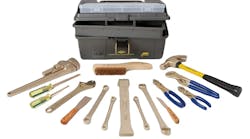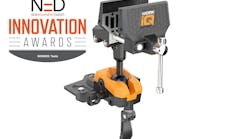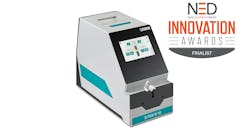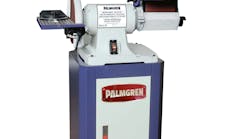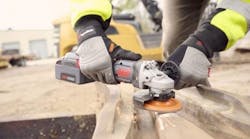A little bit of torque goes a long way in the world of electronics manufacturing. The ongoing miniaturization of components has resulted in smaller and smaller screws being used to hold together electronics products. At the same time, the criticality of delivering the proper amount of torque remains unchanged. Over-torquing fasteners can lead to deformed or destroyed products, or products which fail under stress. Conversely, under-torquing fasteners may allow screws to come loose while the product is under operation. Either situation is an issue in consumer electronics, where product reliability contributes significantly to a company’s reputation. It can be a huge problem in critical electronic assemblies, such as navigation systems for high-performance aircraft, automobiles, and machine tools, where product failure can cause serious injury or death. As such, it is essential for electronics manufacturers to find and use the proper tools to achieve the exact amounts of torque their products demand.
Torque Range for Electronics Assembly
Torque tools come in many sizes, and not all are suitable for electronics assembly. As common sense allows, the smaller your fastener is, the less torque it will need to hold properly. For very small and micro-sized fasteners, it is necessary to find tools which accurately deliver very small amounts of torque. While the exact range you’ll need depends on the particular attributes of the fasteners and substrates you’re working with, as a general rule of thumb, torque tools for electronics will produce amounts of torque measured in ounce-inches.
Ounce-inches are one of many units used to measure torque values. Torque is a measurement of radial force. The first unit, ounces, refers to the amount of force being applied. The second unit, inches, refers to the distance from the fastener to the point where the force is applied. Both units affect the actual amount of force delivered, as the force at the point of application is multiplied by the distance from the fastener. The greater the distance from the fastener, the more force is actually applied. So, a torque tool measured in pound-feet will deliver far more force than one measured in ounce-inches, and almost certainly too much force for the miniature fasteners used in electronics.
Torque Tool Options for Electronics Manufacturing
Manufacturers seeking tools which apply the minute amounts of force needed in electronics assembly have many options. Because the correct torque specifications are so narrow, it’s especially important to use tools which mechanically prevent operators from applying too much force. The right tool or suite of tools for your operation will depend on your specific needs. The top options include:
Preset hand screwdrivers are ideal for assembly operations where workers need to repeatedly fasten the same screws. Using a preset screwdriver ensures that operators do not accidentally turn their tool too far and apply too much torque. It also reduces the likelihood that an operator will mistakenly fasten screws to an incorrect torque amount. Some preset screwdrivers are clean room certified as well, which makes them ideal for delicate components which cannot be exposed to airborne particulate matter.
Adjustable screwdrivers, like preset screwdrivers, mechanically prevent operators from turning their screw too far. As they can be easily set to deliver multiple different torque values, these tools are best for operations where operators are fastening various types of screws. In these applications, the ability to externally switch torque values can save significant amounts of time compared to preset screwdrivers. However, this does increase the potential for error, as operators may mistakenly use a tool on the wrong setting. When using adjustable screwdrivers for critical assemblies, additional layers of quality control may be necessary.
Electric screwdrivers are ideal for high-volume assembly operations where speed is of the essence. These tools can either be operated by assembly workers or automated with DC controls or screw counters. In either circumstance, they add precision and repeatability to the assembly process. For operations where electro-static discharge is a concern, tools which use a soft-stop clutch are the best way to prevent shock damage. When used with DC control tools or screw counters, they are also able to provide a great deal of transparency into the manufacturing process for quality control purposes. As tooling a manufacturing plant with electric screwdrivers requires a higher capital outlay than hand tools would, these tools are best suited for operations where the additional speed they supply can generate a return on investment through increased volume.
No two products and no two assembly processes are exactly alike, and each will be best served with a different suite of tools. By determining the range of torque you’ll need to deliver and the particular needs of your process, you’ll be able to find which tools are right for you.

